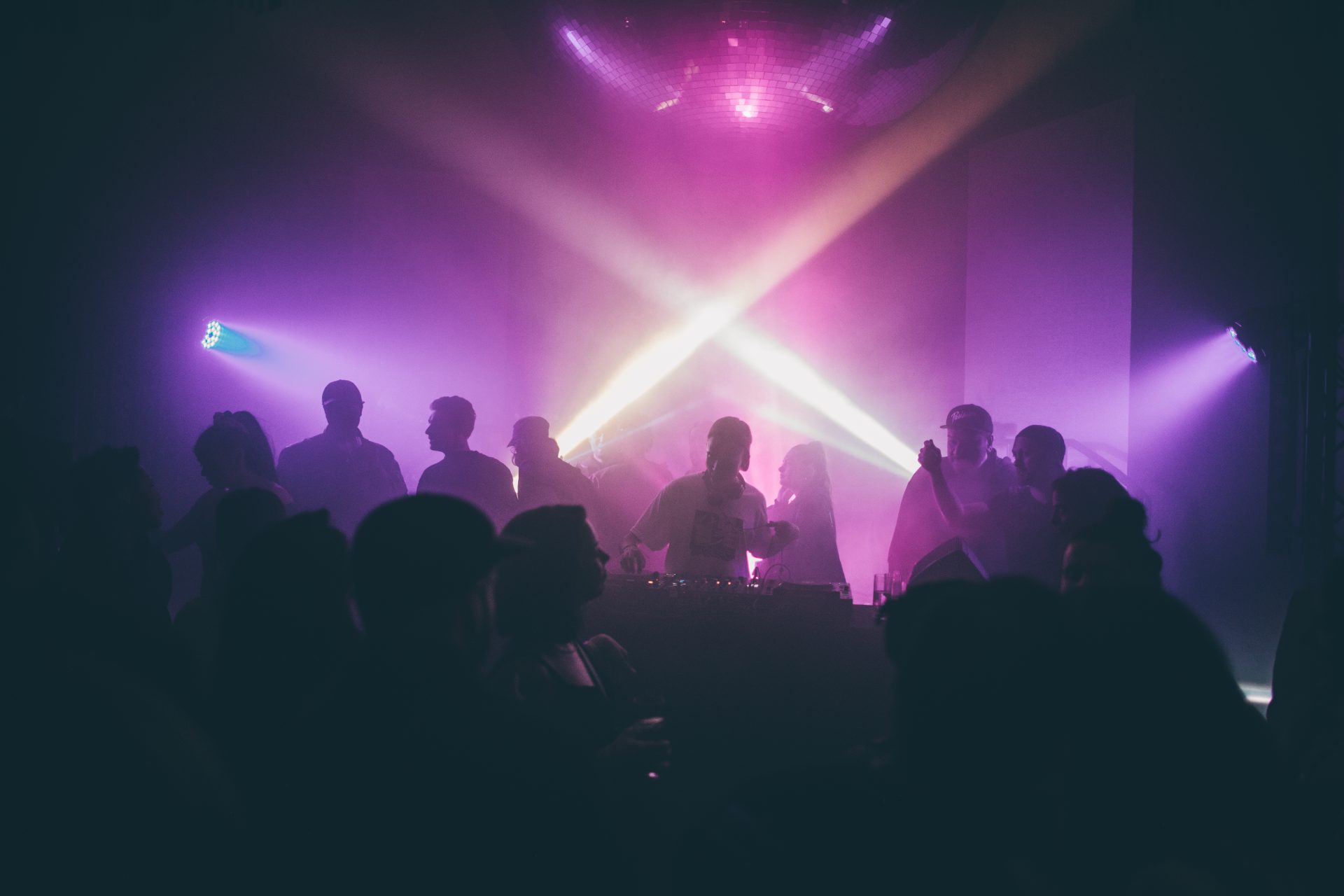As part of our New Systems initiative to support creators during the COVID-19 crisis, we’ve been speaking to artists, DJs, broadcasters and platforms about how the music industry can cope and evolve. We don’t have all the answers. But we firmly believe that it’s through talking and collaborating that we can build new ways of working. Ways that are both fairer and more sustainable for audio culture as a whole. Not just during lockdown, but beyond. Last month we continued to explore how an ever-changing world has impacted musicians and artists. And how in the absence of gigs, club nights and festivals, the boom of live streaming has completely shaken up the status quo.
We’ve been challenged in many ways to stay connected with one another and with the music that keeps our industry alive. Physically, emotionally and financially. For many DJs, live streaming is already second nature; for others the transition hasn’t been as smooth-running. Some people thrive off the liberation the club provides. Without them how can we recreate the cerebral energy that dance, movement and connection in a physical space delivers, but through the digital lens?
Kieran Yates, freelance journalist, broadcaster and documentary maker, talks to Jessy Lanza, Kindness and Sherelle – three artists, producers and DJs who are giving us opportunities to lose ourselves as we dance alone, together – to find out more.
Jessy Lanza: “I just want people to do whatever they need to do in that moment”
First up, Canadian electronic songwriter, producer, and vocalist Jessy Lanza explores her own live streaming set-up. She transforms her bedroom to a 90s-inspired space and lays vocals over tracks she loves. All in an attempt to bring a new level of engagement and capture a similar energy to the IRL experience. Speaking about dance, she explains: “I just want people to do whatever they need to do in that moment. I feel inhibited easily. So I just want people to feel free to do what they want to do. Perhaps live streams give those watching a new found freedom to express themselves entirely. Our digital world grants access to everyone and anyone. Those in isolated places or communities, physical introverts – to experience and enjoy music.”

Kindness: “It’s quite like radio”
Next up, Kieran speaks to Kindness – the solo project of English singer Adam Bainbridge. He shares thoughts on the transition from a summer of live shows lined up to a slashed schedule and his first live stream experiences. He touches on the intensity and exhaustion of tour life that he doesn’t miss during lockdown. Yet he yearns for that element of life on the road where you’re constantly moving from place to place. Something that is, all of a sudden, absent.
“It’s quite like radio, whether you’re doing an NTS show or the RBMA shows I used to do,” he says. “It’s like you have to imagine an audience. In some ways there is a bizarre analogy with touring in that stage lights often mean you don’t see the audience very well. You’re just aware of their presence, you know they’re out there. But it’s hard to see anyone. For those who came up in the industry through radio, perhaps live streaming comes more naturally. But for those who didn’t, it is about overcoming that disconnect you have in a physical space to find new ways to connect with your audience. Whether through conversation, or adapting how you deliver your music entirely.”

Again, the digital world provides a certain freedom for the creator to create something so personal and individual without the usual constraints of a live venue or club. To perform on their own schedule, whether a lunchtime spot or all night long. Kindness started his live stream series during “the time of day when the light comes through my house. Trying to do something more akin to David Mancuso’s loft parties. I felt really like it had been the catharsis I’d been looking for since the beginning of lockdown. It had this amazing sense of release and joyfulness”.
Sherelle: “I was able to get some Pioneer DJ XDJ-1000MK2s“
Lastly, Kieran caught up with London-based DJ and producer Sherelle who specialises in high-speed rhythms and heavy low-end frequencies. She breaks down her new working-from-home set-up and recording her BBC Radio 1 Residency. “I didn’t anticipate for us to be in quarantine for so long, she explains. “Fortunately I was able to get some Pioneer DJ XDJ-1000MK2s”.
She’s been running her own live streams to keep the vibe and energy of those transcendental club moments alive. When asked as a prolific DJ and club-goer what it feels to transit a version of the club to people, she explains how her usual go-to high energy sound has morphed and changed with the ebbs and flows of lockdown. Where usually she would’ve been completely throwing it down playing high octane Jungle and Footwork, she found herself listening to more obscure, devotional music reflecting a more introspective mood.

Rounding off the conversation, there’s a clear sense that club spaces will always remain vital sites of radical warfare. Spaces that both liberate and connect music lovers on a physical level. But, this new era of live streaming beckons new ways to engage with both the artists we love and the fans who build us up as creators.
As live streaming evolves, a quick recovery of the music industry as we know is not guaranteed. But what must become a priority is how we can better understand and support the economics for artists in sustaining themselves moving forward. And focus on what vital role we all have to play in getting there.
Sign up for a Mixcloud Pro trial for 30 days unlimited access to Mixcloud Live, our monetisation program, engagement stats and much more.
Photo credit: Nat Wood
